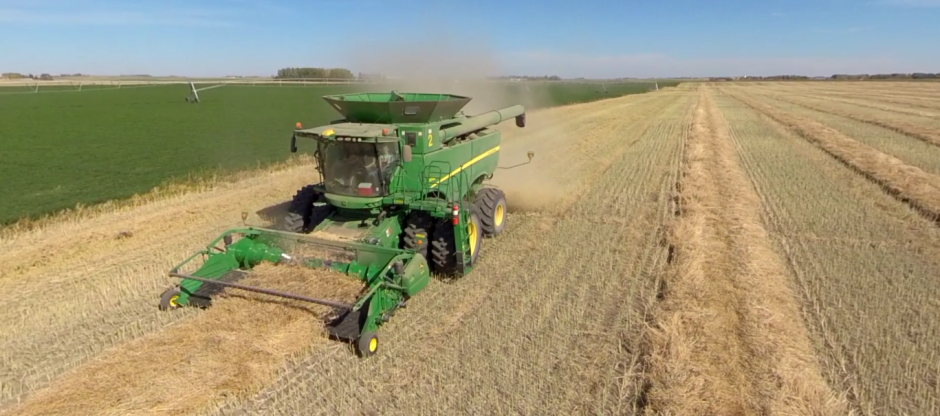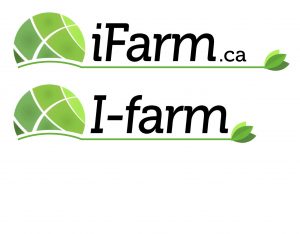source:Farm land values report
National trend The average value of Canadian farmland increased 10.1% in 2015, following gains of 14.3% in 2014 and 22.1% in 2013. Overall, the average national values have continued to rise since 1993. In all provinces, farmland values increased. Manitoba experienced the highest average increase at 12.4%, followed by Alberta at 11.6%, Quebec at 9.6% and Saskatchewan at 9.4%. The average increase in Prince Edward Island was 8.5%, followed by Newfoundland and Labrador at 7.7%. Ontario saw an increase of 6.6% and British Columbia saw average land values rise by 6.5%. Nova Scotia saw values rise by 6.3%, followed by New Brunswick at 4.6%
British Columbia
The average value of British Columbia farmland increased 6.5% in
2015, following gains of 4.2% in 2014 and 3% in 2013. Values in the
province have continued to climb since 2011.
Vancouver Island experienced increased demand in 2015, with fewer
properties being on the market for extended periods of time. These
conditions resulted in a slight increase in land value, though not as
significant as may have been anticipated.
The lower mainland, including the Fraser Valley, experienced increased
market activity, which caused farmland values to move up slightly.
Large parcels of land continued to be in high demand as there are
generally few of these available at any given time.
The south Okanagan saw a strong market driving a modest increase
in values in some sectors, including an increase for properties growing
high demand cherry varieties.
Similar to the previous year, the Kootenay area saw an increase in
market activity, which translated to an increase in land values. One of
the reasons for increased activity was the growing interest shown by
producers from other higher priced marketplaces.
Conversely, the Cariboo region of central B.C. and the northwest
region, including the Bulkley Valley, experienced limited market activity
with minimal changes in land values.
The Peace River region saw average sale prices for the year, despite a
limited inventory of good quality farmland and properties being on the
market for a shorter period. These parcels of land often sell privately to
local producers
Alberta
The average value of Alberta farmland increased 11.6% in 2015, following gains of 8.8% in 2014 and 12.9% in 2013. Values in the province have continued to climb since 1993. The majority of the province experienced a steady increase in farmland values throughout the year. The continued positive outlook on agriculture resulted in many producers purchasing land for expansion or to support succession planning. Agricultural land price increases were observed in northern, eastern and southern portions of the province, largely due to strong pulse crop prices. Continued strength in beef prices resulted in increased demand for land used for grazing in cattle producing areas as well. There were localized areas that started to reflect the impact of the downturn in the resource sector or appeared to have reached the point where the demand for cultivated land lessened.
Saskatchewan
The average value of Saskatchewan farmland increased 9.4% in 2015, following gains of 18.7% in 2014 and 28.5% in 2013. Values in the province have continued to rise since 2002. While many areas of the province saw price increases, land prices in almost half of the province remained stable or even decreased slightly. The greatest increase in values was seen in areas where pulses, specifically lentils, can be grown. There was limited land available on the market, which resulted in a high demand in areas where existing farms were either expanding or enabling the next generation through succession planning. While land located in the urban fringe also continued to see increased demand and values, the downturn in oil and gas has reduced off-farm income, which has impacted the demand for land in the southeast. Lower commodity prices (excluding pulse crops), late spring frosts resulting in reseeding, delayed rainfall during the growing season, and subsequent rainfall during harvest negatively impacted demand in many areas of the province as well. Saskatchewan continued to have strong demand in specific regions while other regions have stabilized.
Manitoba
The average value of Manitoba farmland increased 12.4% in 2015, which was the highest provincial increase. The province saw values increase by 12.2% in 2014 and 25.6% in 2013, continuing a trend of climbing values since 1992. Crop production land was purchased mainly by local producers expanding their farming operations as the next generation enters the industry. The majority of the province experienced normal to good yields along with average commodity prices, which supported the increase in farmland values. Southeast Manitoba saw many livestock producers expanding and purchasing cultivated land and additional land to facilitate manure management. While the slump in the oil industry has not yet affected land prices in the southwest of the province, market activity was quiet and limited to primarily estate sales.


